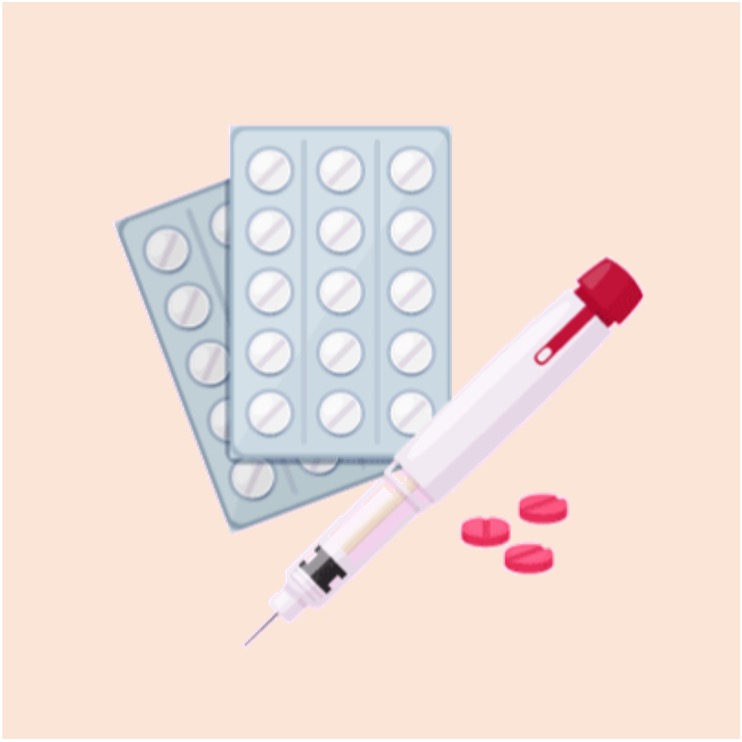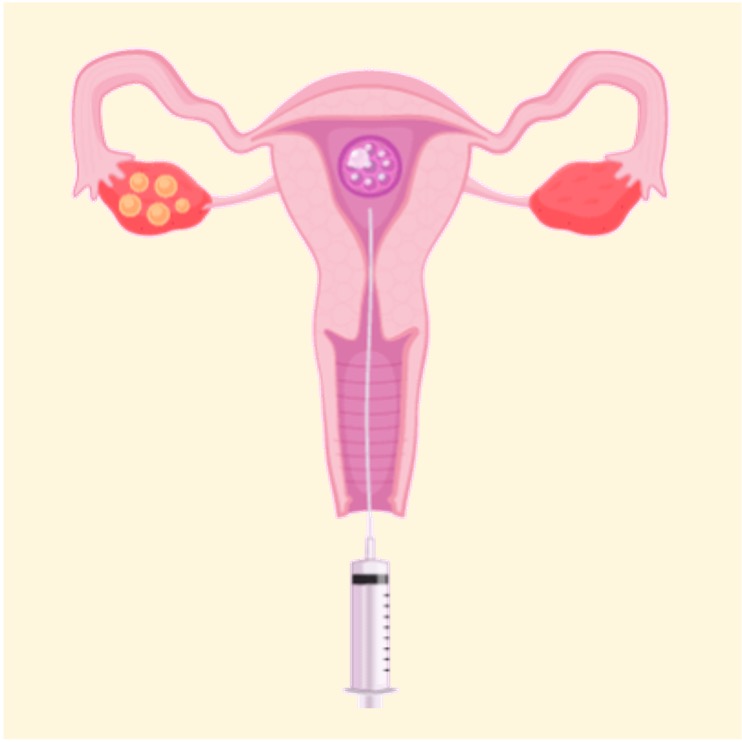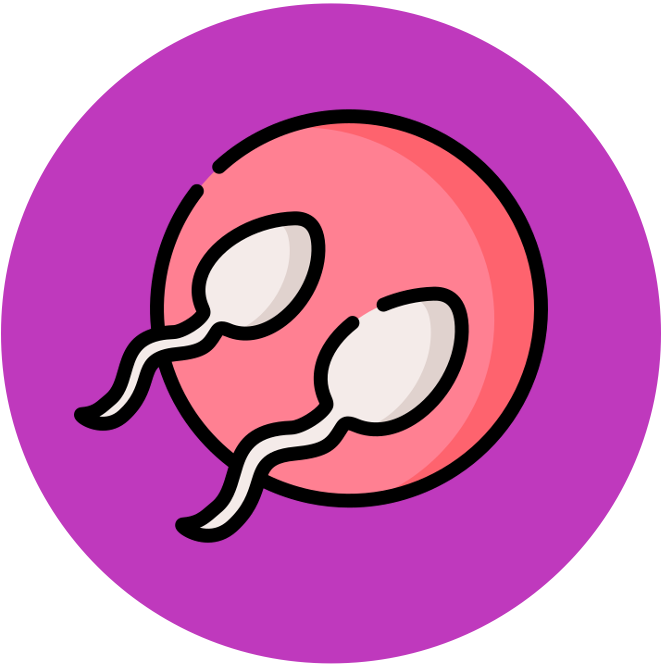

IVF
In vitro fertilisation (IVF) refers to fertilisation that occurs outside of the body (in vitro = 'in glass’)
-
It involves using drugs to suspend normal ovulation (down regulation), before using hormone treatments to collect multiple eggs (superovulation)
Hormone Treatments
-
Drugs are used to halt the regular secretion of FSH and LH – this in turn stops the secretion of estrogen and progesterone
-
By arresting the hormonal cycle, doctors can take control of the timing and quantity of egg production by the ovaries
-
-
Artificial doses of hormones to develop and collect multiple eggs from the woman (superovulation)
-
The patient is firstly injected with large amounts of FSH to stimulate the development of many follicles
-
The follicles are then treated with human chorionic gonadotrophin (hCG) to trigger their maturation and allow for the collection of an egg
-
-
Following egg collection, the woman begins to take progesterone treatments to develop the endometrium
Fertilisation and Implantation
-
Eggs are collected (via aspiration with a needle) prior to the follicles rupturing
-
The extracted eggs are then combined with sperm from a male donor (via intracytoplasmic sperm injections)
-
Healthy embryos are selected and transferred into the female uterus (or the uterus of a surrogate)
-
Multiple embryos are transferred to improve chances of successful implantation (hence multiple births are a possible outcome)
-
-
Roughly two weeks after the procedure, a pregnancy test is taken to determine if the process has been successful
IVF Procedure

Hormone Therapy

Fertilisation

Embryo Selection

Implantation
In Vitro Fertilisation Summary
-
Stop normal menstrual cycle (using a variety of drugs)
-
Hormone treatments to promote superovulation (e.g. FSH)
-
Extract multiple eggs from the female donor’s ovaries
-
Sperm collection (and selection) from the male donor
-
Fertilisation occurs externally under controlled conditions
-
Implantation of multiple embryos into a viable uterus
-
Test for pregnancy (after approximately two weeks)

Mnemonic: SHE’S FIT




